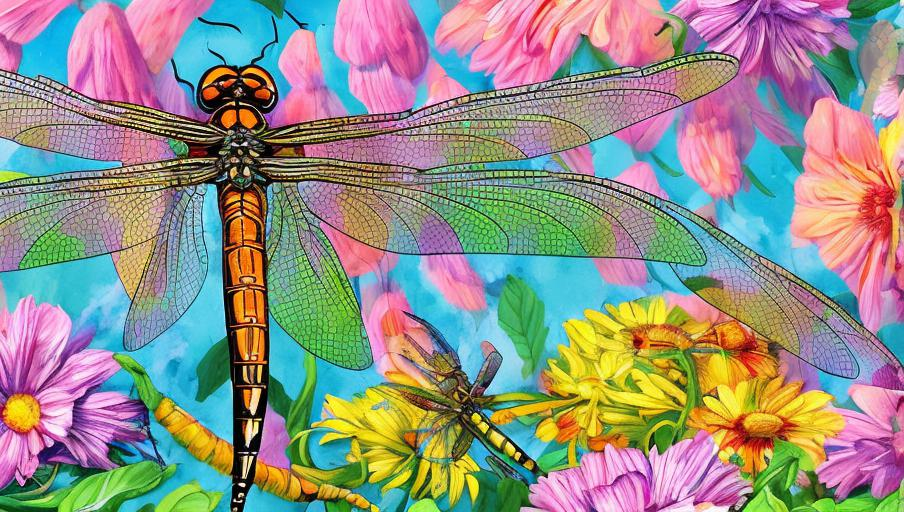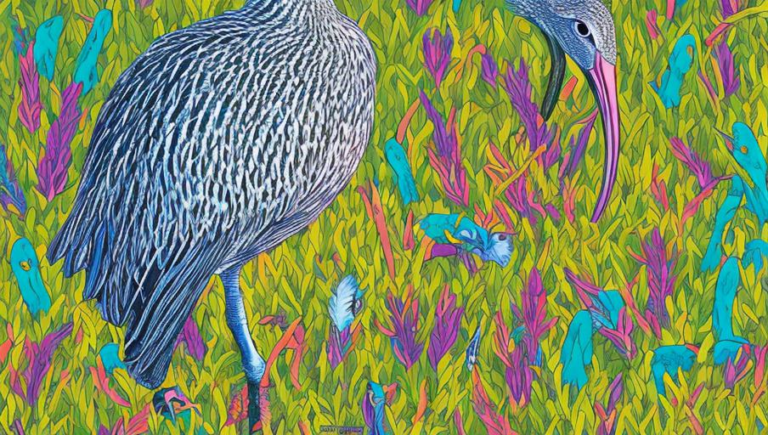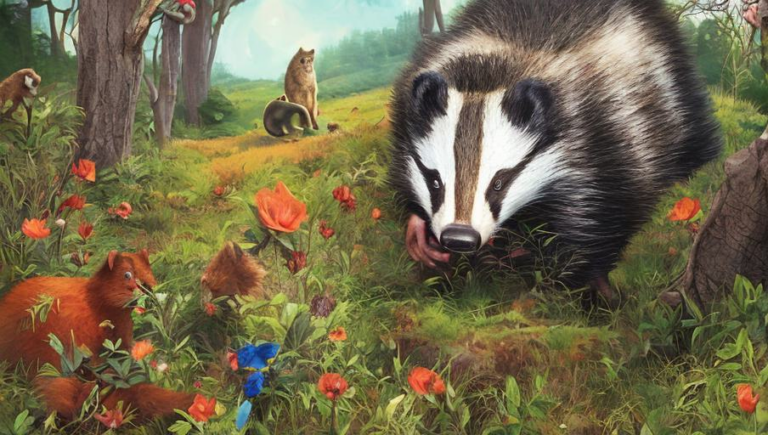Where to Find Dragonflies in the Wild

Where to Find Dragonflies in the Wild
Dragonflies are a beautiful and fascinating species of insect, but many people don’t realize how easy they are to find in the wild. Whether you’re out for a hike, a picnic, or just enjoying a day in nature, you can often spot dragonflies hovering around ponds, wetlands, and other areas of water. Here’s what you need to know about where to find dragonflies in the wild.
Habitats
Dragonflies are found in a wide variety of habitats, from wetlands and ponds to slow-moving rivers and streams. They are also found in marshy areas, lakes, and even some species of dragonfly can be found in the ocean. Dragonflies need areas of shallow, still water to breed, and they are often found near areas of vegetation and grass.
Time of Year
Dragonflies are more active during the warmer months of the year, from late spring through to autumn. During these months, you are more likely to spot dragonflies in the wild. However, if you’re lucky, you may spot some dragonflies even in the winter months, when conditions are right.
Habits
Dragonflies are most active during the day, and they will often be seen hovering around ponds, wetlands, and other areas of water. They can fly very quickly, so it can be tricky to get a good look at them. However, if you take the time to observe their habits, you may be able to catch a glimpse of a dragonfly in its natural habitat.
Protection
Many species of dragonfly are under threat due to habitat loss and pollution, so it’s important to recognize the value of these creatures and protect their habitats. If you spot dragonflies in the wild, take a few moments to enjoy their beauty and remember that protecting their habitats is essential for their survival.
Conclusion
Spotting dragonflies in the wild can be a fun and rewarding experience. With a keen eye, you can find them in a variety of habitats, from ponds and wetlands to slow-moving rivers and streams. Take the time to observe dragonflies in their natural habitat, and remember to protect their habitats to ensure their survival.





